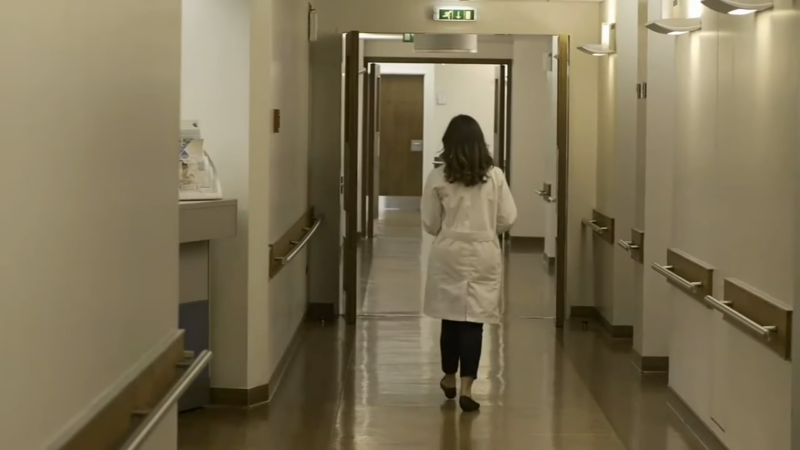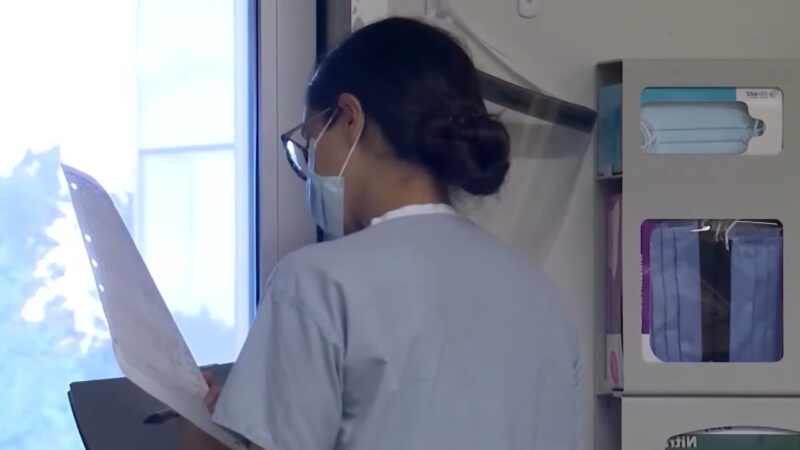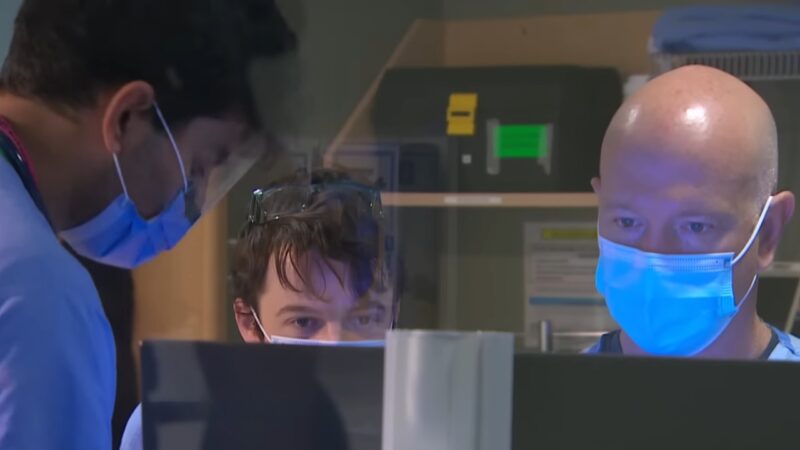Imagine this: you have just had major surgery, something that was vital to return you to full health. It’s nighttime and you’re in your hospital room, recovering but still full of pain and unable to look after yourself in any way. You press the button for assistance, but no one comes.
Minutes roll by. Your need – whether it’s for painkillers, food, or to help you to the bathroom – becomes urgent. You press the button again, but nothing. Why? Staff shortages have left too few nurses covering too many patients, and they can’t be at two places at the same time.
If the above scenario sounds alarming, it should be. Shortages in staffing of key medical personnel have already started to impact patient healthcare delivery, and the trend is expected to worsen.
Why Is There a Staff Shortage in The Medical Profession?

Currently, the US healthcare sector is experiencing staff shortages across all role profiles, from physicians and nurses through to technicians and aids. The reasons are multifold: within the profession, there’s been a growing recognition of staff burnout, especially since the COVID-19 pandemic.
Working conditions have worsened, with staff expected to do longer hours and more unsociable shifts. For many roles, such as certified nursing assistants, the compensation is relatively low while the demands of the role are comparatively high.
New U.S. State Department immigration policy is affecting immigration levels and reducing the number of foreign nurses coming into the country, and there is a smaller number of students enrolling on nursing degree programs.
Some of the issues originate on the patient side: the increasing prevalence of chronic conditions such as diabetes and heart disease mean longer stays in hospital, and aging population – that is, the growing number of over 65s – generally requires more specialist healthcare.
All of this has combined into a perfect storm of conditions creating a severe staff shortage in the healthcare market, with some predictions being that, between now and 2026, the total shortfall of healthcare staff at all levels will exceed 4 million.
Possible Solutions

Some of these factors are outside of the control of healthcare institutions, but one area where business practice can make a huge difference is recruitment. Relying on a specialist medical staffing company such as mascmedical.com can help to speed up recruitment time, making the process much faster and more efficient and reducing periods when the healthcare provider is understaffed.
When under-resourced, the existing staff often feel increasingly fatigued, overwhelmed and demoralized, which increases the likelihood of medical errors and compromises to patients’ wellbeing. For example, studies show an increase in healthcare-associated infections in understaffed hospitals.
Other possible impacts on healthcare delivery include longer waiting time for patients to access therapeutic care and various implications around patient safety, including when unqualified staff are asked to undertake work they are not trained for.
Improving patient outcomes is a team effort but it can’t be done when the team is insufficiently resourced, so ensuring optimal staffing levels must urgently become every healthcare institution’s priority.
Are There Ways to Prevent Staffing Shortages?

You are probably wondering whether you can prevent a problem of this kind and in which ways. Well, we can tell you right away that this is possible to achieve. First of all, there are various ways that you can choose in order to achieve your goal.
For instance, anticipating future needs is one of them. You are probably wondering what does this mean. In general, all organizations, including yours, should try to regularly assess their current workforce.
Also, they need to project what kind of staffing needs there will be in the future based on a couple of factors, such as patient demographics, population growth, and current trends. When you follow these trends and you are up-to-date with them, you will be able to identify potential shortages in advance.
Another thing that will help you prevent potential problems is to offer attractive compensation packages to your staff. Primarily, you want to provide them with competitive salaries, give them different benefits, and motivate your professionals in different ways.
In that way, they will be more than glad not only to work in your organization but also to give 100% of themselves. Next, we would like to talk about work-life balance. You are probably aware of the fact that your workers have private lives, their families, and their hobbies.
Therefore, it would be great to implement flexible scheduling options as well as reasonable working hours. This will help you to prevent burnout and staff turnover, which is very important.
Developing an emergency staffing plan that you can conduct during unexpected surges in patient demands is also a great presentation. Lastly, we want to say that you can also try using a staffing agency that will alleviate the recruitment strain.
The Problem of Increased Workload and Burnout
It is highly important to talk about this problem because this problem can lead to staffing shortages. You should primarily think about the fact that your existing staff often need to take on extra duties and work longer hours so they can compensate for the shortage that you have in the organization.
You are also aware of the fact that this is not good for your workers because this increased workload can lead to problems such as fatigue and burnout, and it can decrease job satisfaction.
Additionally, burnout can lead to higher turnover rates among professional workers, which contributes to the staffing shortage problem. Your current workers need to be responsible for taking care of a larger number of patients, and they can not do this effectively.
They are rushing when they take care of them, and this can lead to overlooking critical details when it comes to patients and jeopardizing someone’s life. Also, your employers can be burdened with increased administrative tasks, including documentation and paperwork, which can also lead, as you can assume, to adding to their workload.
The Problem of Longer Waiting Times

When you have a staffing shortage problem in your company, patients may face longer waiting times for their appointments and treatments as well as surgeries. All of this is the outcome of the limited staff.
Logically, delayed access to medical care can have a negative impact on the health of the patients and lead to the progression of their medical conditions.

